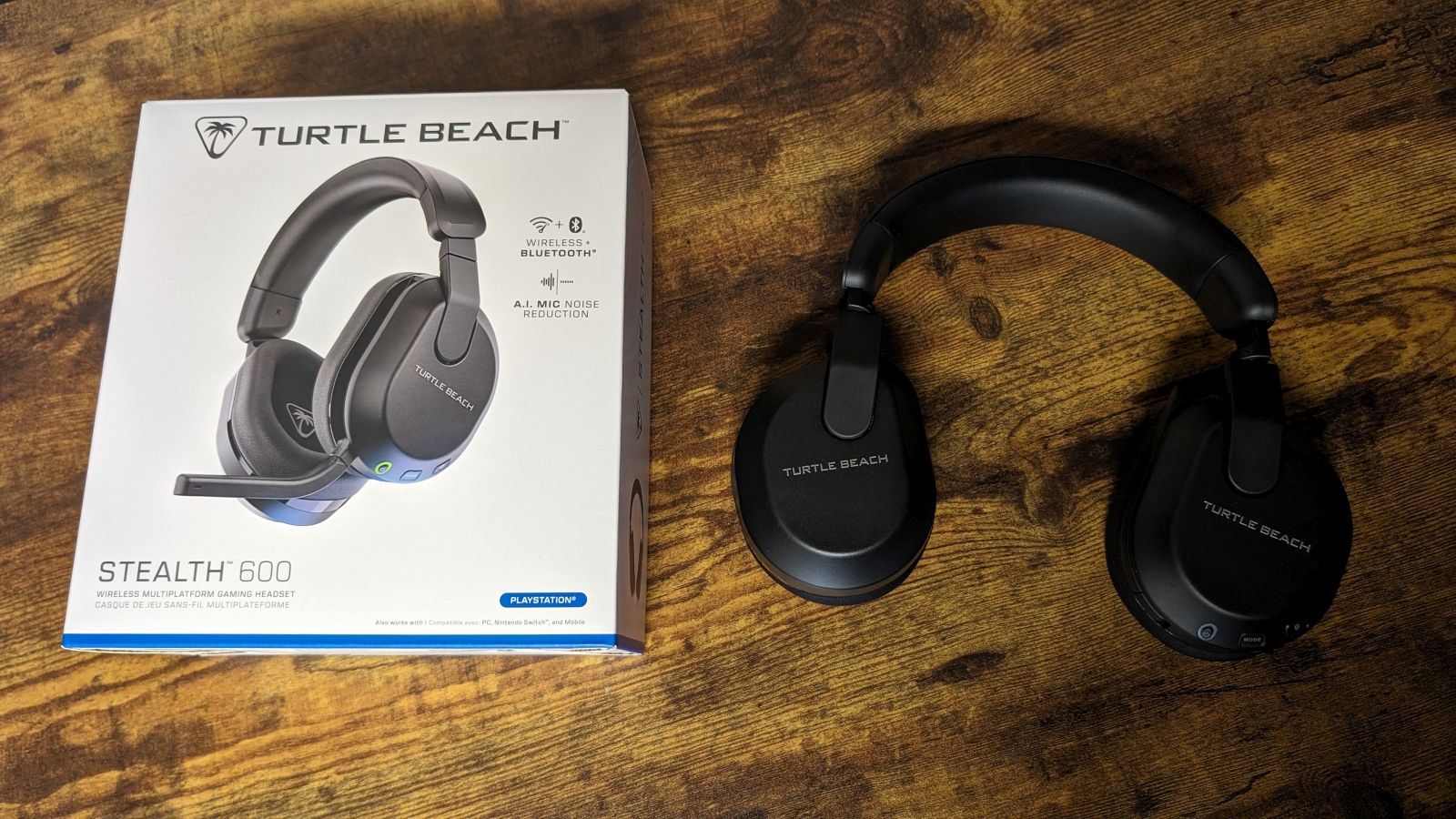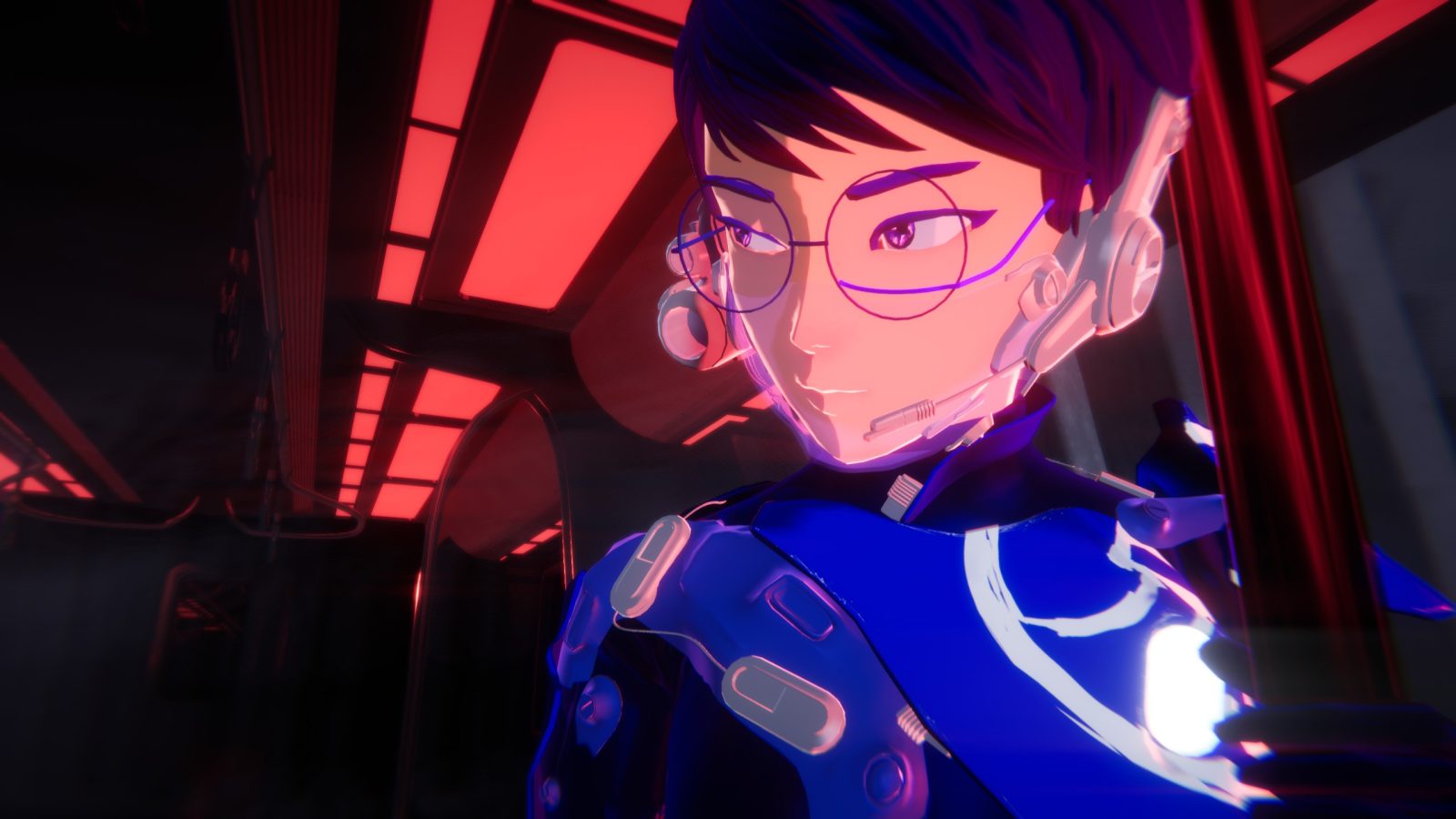If you have a thing for 1970s action movies and time travel flicks, then oh boy do I have the game for you. Developed and published by Phew Phew Games, Anomaly Agent is a 2D, beat ‘em up, side scroller platformer that takes place in an alternate version of the disco decade. Clones run rampant, mysterious figures are playing games with time, and it’s up to you, a humble anomaly agent, to put it all back together. The game has a lot of ingredients in play between the gameplay and story, so how well does Anomaly Agent juggle them?
You play as Anomaly Agent 70, a man dressed in sharp all-white attire who’s a special operative for TDAY. Basically, TDAY is the agency responsible for tracking down and capturing various anomalies, which take the form of world-altering objects and beings. You’ve just been promoted, but before it can take effect, you have to deal with a new anomaly that’s popped up, the Time Anomaly. This leads to a time loop scenario and everything derails from there. You’ll be cast into countless wacky scenarios and meet eccentric characters, all while traversing a distorted cityscape.
Right off the bat, the game pays homage to Katana Zero with your boss calling to ask if you’ve reached the target. Where Katana Zero’s intro is a grim, foreboding conversation, Anomaly Agent’s gives off the vibe of a flippant, fed-up 9-5 worker dealing with his cantankerous boss. The constant levity flips the railroad switch, diverting the game away from a dark and depressing atmosphere and onto the track of an irreverent and satiric tone.
Let’s move on to the game’s strongest angle, the combat. Anomaly Agent offers a lot of basic fighting components that click together seamlessly. First off, there’s your standard melee attack that can be chained together for some sweet combos, especially when you thread dodges between your attacks. The purple-aura-imbued combo animations are sick, and it always feels satisfying to hit enemies with sweeping kicks, or dash behind them and land a spinning backhand.
Another facet of melee combat is the Anomaly Bat, a blue baseball bat that will send stunned enemies flying. You can deal massive damage by grand slamming them into a wall, (bonus points if the wall is electrified) or instantly kill them by blasting them off a ledge. It also shape-shifts into different weapons with varying effects based on the combo you input. My favorite form for the Anomaly Bat is the katana combo, which releases a quickdraw slash after two basic attacks. Agent 70’s eyes glow red, and he unleashes a devastating slicing attack. On top of the katana there’s a hammer and a bo-staff. The former has a powerful AOE ground-pound, and the latter is divided into segmented attacks that are weaved between your basic attacks.
Next, you have ranged weapons. Shooting is a quick way to dish out a lot of damage, and you can even combo shots with dodges for increased effect. You don’t get to keep any firearms permanently, as it’s a few shots and done kind of deal, but you do get to throw them at your opponents when the ammo runs out, stunning them. Gun-type enemies are plentiful, so don’t feel shy about lighting up your enemies. Then there’s the business card, which can be used to stun and damage enemies from a distance. It can also be used to activate suspended environmental hazards. Scoping out the fight ahead for advantages and forming a game plan is often a prudent move, but there’s something to be said for jumping into the fray and letting your reaction time take the lead. Lastly, there are throwing stars that can spawn on the floor. They can’t be picked up or saved for a special occasion, instead, you kick them at your enemies in the heat of combat.
It was brave to invoke a game like Katana Zero in the beginning, but, combat-wise, they absolutely live up to the standards. This rings especially true for the parry system, using the briefcase. There are two types of attacks, yellow and red. Yellow attacks can be parried to negate all damage, stunning melee opponents, or sending projectiles back to the shooter. Red attacks have to be dodged. I’m a firm believer that a good parry system can make combat in games feel infinitely more satisfying, and Anomaly Agent isn’t the game that will prove me wrong.
As you progress you’ll gain access to Anomaly Powers, which are powerful abilities that can chew through multiple opponents. There’s a punch that sends forth a shockwave through enemies, a two-shot attack that deals damage to enemies on either side of you, and a move where you smash your briefcase against the ground, sending enemies airborne. They look and feel good when in effect, but activating them can feel clunky and unresponsive at times. I have no idea why, sometimes they go off without a hitch, sometimes they feel fickle. I can’t be too mad though, the game recommends playing on a controller and I played with a mouse and keyboard.
All of the combat puzzle pieces click together to form an image resembling the martial arts action flicks of the 1970s. Both Agent 70 and the many forms of clone enemies can sustain a few hits, so fights with groups of enemies can have amazing back-and-forths. Every clone is pretty predictable, but if you get caught out, prepare to get absolutely jumped. That being said, you can perform some one-man jumpings of your own. This rings true for the boss fights as well, if you get good enough, you can throw them around like ragdolls, and it feels immensely rewarding to do so. High-level play makes you feel like you’re living up to the title of Anomaly Agent.
Overall, the beat ‘em up combat feels so fresh and satisfying that it left me wanting more. Unfortunately, there’s no level select mode, meaning even if you just want to fight, you’ll have to play through plenty of story and platforming sections as well. Additionally, Anomaly Agent will shoehorn platforming and acrobatics into boss fights, diluting the quality of both to a large degree. The game performs best when its platforming sections are reserved for platforming and its boss fights are on level ground. Back on the note of replayability, there is a roguelike mode coming at some point, but as of now there’s no exact date for when that will be released.
The overarching story is alright, it’s hard to handle a story dealing with time travel, but I would say they do an acceptable job. That being said, the story was just a catalyst for the real standouts, the characters and their interactions. Agent 70 has a partner in crime-busting named Eva. She has her own anomaly power, creating portals, which is incredibly plot-convenient. The rules of how powers work are never revealed, giving the game a “come with me, no time to explain” feeling as the plot rushes onwards.
Agent 70 and Eva typically have back-and-forths that range from endearing to derisive. We don’t get to learn much about Agent 70, but we do get glimpses into Eva’s backstory, as well as the backstory of the game’s cast of larger-than-life bosses. Every character has a big personality, and it fits well with the massive backdrops, lively neon cityscape, and warped interiors. It feels like you’re running through an LSD-fueled fever dream in the best way possible.
While talking to these larger-than-life characters, you might stir up some emotions in them. You literally take their happy or sad reactions as a resource, and give them to a robot who exists as the upgrade system. Happy emotions can be used to buy health upgrades and sad emotions can be used to buy coins to spend on the skill tree. Of course, you could just get coins by killing enemies, and the better your combo, the more goings you gain. There are plenty of buffs to unlock, like adding a poison effect to parried bullets or increasing damage on combo finishers. Upgrades carry over in the new game plus mode, where you can finish out the skill tree if you hadn’t already in the first game and continue expanding your health bar.
Let’s dive deeper into Anomaly Agent’s aesthetics. The art design really brings the game to life. You can tell a lot of love went into making the setting feel lived-in. The character sprite designs and the backdrops are a standout, with little details like the graffiti on the walls of the subway really tying it all together. On the other hand, the character portraits that pop up when you first meet a character can look a little rough. The splotchy, borderline watercolor style isn’t necessarily bad, but it’s in stark contrast to the sharper style that Agent 70 is portrayed as on the game’s cover, and it doesn’t mesh with the rest of the game either.
Moving on to the music, the synth-wave soundtrack has a good range to it, covering the various aspects of the moody city setting. Mellow jams help to establish a chill tone while traversing, while more aggressive tracks get you hyped up to brawl. Between the quality attack animations and the killer soundtrack, the fight scenes take on an almost choreographed appearance. It really reinforces the feeling of playing out a 1970s action movie fight scene.
All in all, Anomaly Agent is a superb game that especially nails its main attraction, the combat. Mastering Agent 70’s move set doesn’t take long, but the real test comes from applying the skills and abilities you’ve earned to the numerous combat scenarios you jump into. The game plays it fast and loose with its plot, but that fits right in with the rest of the game’s patent absurdity. If everything I’ve said so far sounds appealing and you’re looking to kill four or five hours, then Anomaly Agent just might be the game you’re looking for. That playtime might be extended at some point in the future when the rogue-agent mode is released, but for now, the base game is more than enough.

If you’re into side scroller beat ‘em ups, then look no further. Anomaly Agent supplies you with a plethora of weapons and moves to deal with combatants in style. The story isn’t a masterpiece, but it definitely has compelling moments, usually fueled by the garish and lively characters.
PROS
- Combat is a brutal delight
- The characters are funny and interesting
- The warped 70s setting is a fun playground
CONS
- No missions select
- The story could have been fleshed out more
Unless otherwise stated, the product in this article was provided for review purposes.
See below for our list of partners and affiliates:

 2 months ago
90
2 months ago
90














